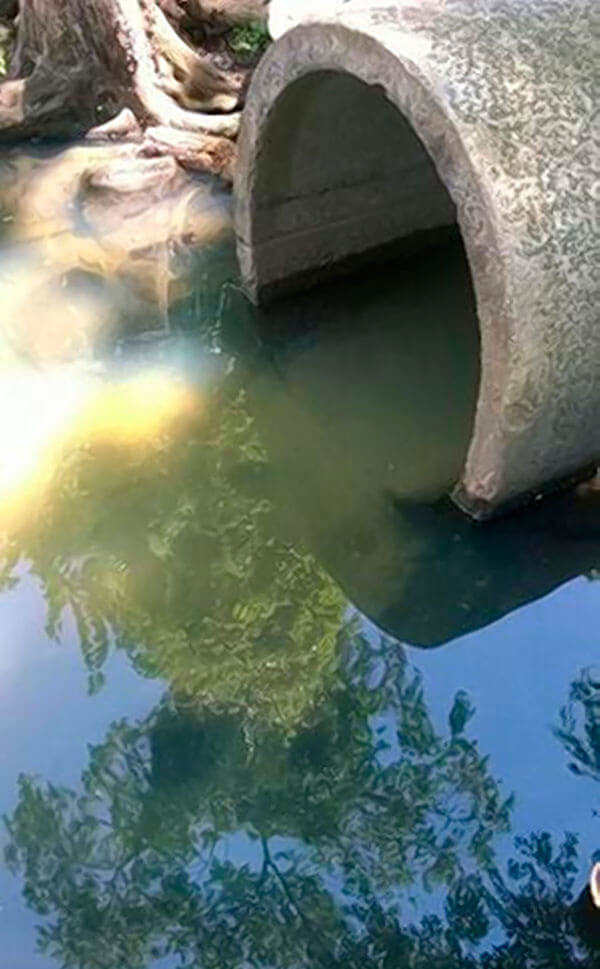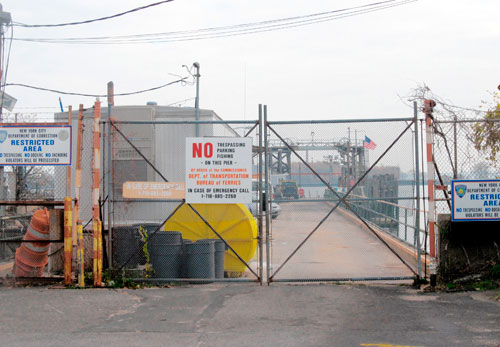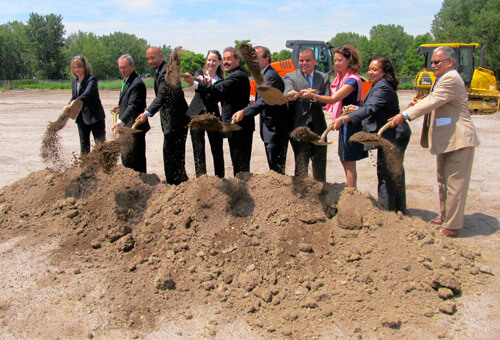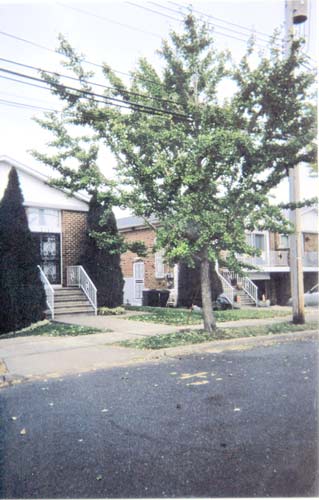The mysterious source of pollution emptying into Van Cortlandt Park brook has advocates for the park searching for answers.
The Friends of Van Cortlandt Park reported to the NYS Department of Environmental Conservation what they believe to be an ‘illicit discharge’ of fecal bacteria into Tibbetts Brook from a pipe just north of the park in Westchester County.
As part of their ongoing weekly testing of the water quality in the brook, which runs from Yonkers and pools in Van Cortlandt Lake, FVCP personnel said they have found very high levels of fecal coliform, bacteria found in the stomachs of mammals, just downstream from the pipe.
The levels are well above U.S. Environmental Protection Agency standards, according to their tests.
They have also observed a detergent-like, green-blue substance being discharged through the pipe.
The four-foot pipe is less than a mile from the park, said John Butler, FVCP ecological project manager, just off the South County Trail for biking and walking, near Lawton Street in Yonkers.
A DEC spokeswoman stated that they are “working with the City of Yonkers to investigate this discharge and develop a plan of action to address the situation.”
A NYC Parks Department spokesman said that the agency is currently investigating the pipe’s origination point
“We are grateful to Friends of Van Cortlandt Park for their continued work in helping us to care for one of the Bronx’s largest and most beloved parks,” stated the spokesman.
Christina Taylor, FVCP president, said that eating fish caught in the park is prohibited, but that has not lessened concern about the water quality.
“It is a concern for the health of an ecosystem,” said Taylor, adding that Van Cortlandt Lake is an impaired wetland that is not meeting the standards it should.
She said that FVCP is trying to draw attention to the situation as part of an overall effort to raise water quality.
Other discharges are also affecting the water quality, said Taylor.
Among these are possible runoff of fertilizer used at an upstream golf course, runoff from the expressways and parkways, and what could be additional seepage of pollutants near Broadway, said FVCP staff.
FVCP has been continuously monitoring the water in the park on a weekly basis since December 2015.
“Tibbetts Brook is one of the last above ground streams in the city,” said John Butler, adding that one of the reasons ongoing testing is necessary is because lake water in the park is ‘eutrophic’ in summer.
This means that water is so rich in nutrients that the excess plant life deprives animal life of oxygen, according to sources.
“Our concern is that this pipe is pouring bacteria and possibly nutrients into the system, and it could be one of the reasons that our lake is as eutrophic as it is – why it has all of this algae on it,” said Butler.





















